
On March 3rd, 2021 SpaceX launch their SN10 Starship vehicle for their third test to acquire more data for verifying the Starship design and attempt again to try to fly and land a vehicle of this size. Starship has promised a cheaper and sustainable future for space exploration and with each test flight that future becomes closer.
Starship, SpaceX’s fully reusable rocket, is being built down at their test facility in Boca Chica, Texas out in the open for the public to watch. They have flown 3 Starship prototypes to altitudes at or above 10 km to test to see if the vehicle can be controlled while in powered flight, controlled descent, and land vertically. Each of these flights have been test flights with an open goal of just gaining flight data to improve the next vehicle built.
SN8 and SN9 were the last two Starship vehicles to fly and both flew successfully to a crashing landing onto the landing pad. Each of these gathered valuable data to help improve the next versions of Starships being built just a few miles down the road.
SN10’s historic flight
Even before they attempted the first launch countdown of SN10 SpaceX CEO Elon Musk shared they only gave the vehicle a 60% chance of sticking the landing. SpaceX is still just wishing for good flight data but for the first time, a Starship softly touched downed vertically, validating a brand new landing technique.
The ascent was similar to both SN8 and SN9’s flights but lasting about 3 minutes before shutting off the final Raptor engine beginning the horizontal descent towards the landing zone. The most important difference that was implemented in this flight was how SpaceX relit the Raptor engines for landing.
The last two flights featured the relight of two of the three Raptor engines to perform the flip and landing procedure but after one of the engines failed to relight on SN9’s flight they decided to change it up. Starship now lights all three engines to flip the vehicle sideways and then shuts two of them to finish the slow descent to touchdown.
SN10 successfully tested this maneuver and came to a “soft landing” on the landing pad but most likely suffered from a failure in the landing legs located just within the skirt of the vehicle. These are supposed to swing out and lock into place before the vehicle touches the pad but several legs look to have not deployed. This caused SN10 to land directly on its skirt, while it stayed standing on the pad for several minutes after the flight, damage caused by the rougher than planned landing caused a leak of the liquid methane that eventually caused the vehicle to rapidly disassemble.
This a huge moment for both SpaceX and the space industry as a whole. Starship is no longer a vehicle of thoughts or beliefs and to anyone that believed SpaceX couldn’t do it has been proven wrong. While there is still more to be improved with the vehicle, what seems to be the most challenging part of the Starship program has been solved.
Reasons for failed landing
Elon Musk shared that the possible reasoning for the landing to not be so perfect was in fact with a harder-than-wanted touchdown. Musk mentions that “due to partial helium ingestion” from the methane header tank, the small tank between the main methane and oxygen tanks used during landing, the Raptor being used for landing had lower than normal thrust and crushed the landing legs then part of the skirt. According to him, fixes are being made to SN11 so as not to have a repeat in events.
Images after SN10 explosion
The road to Boca Chica Beach reopened yesterday allowing for the public to get a close look at the aftermath of Wednesday’s flight. SN10 once vertical on the landing pad now flattened out with pieces scattered across the wildlife refuge that surrounds the test site.
SpaceX’s Zeus robotic dog made an appearance as teams expected the remains. The Boston Dynamics robot can be remote controlled and is often used to view parts of Starship vehicles when it would be unsafe for a human to do the same.
Clean-up should begin shortly, SN11 is already awaiting its turn to begin its test campaign in the High Bay of the manufactory facility.
Recap footage from SpaceX
SpaceX released a montage of footage caught by their several remote cameras. Spread across from around Boca Chica, the video shows views only SpaceX can offer.
Want to help support Space Explored?
Shop on Amazon to support Space Explored writers.
Enjoy reading Space Explored?
Help others find us by following on Apple News and Google News. Be sure to check us out on YouTube, Twitter, Facebook, and Instagram, join our Discord!
FTC: We use income earning auto affiliate links. More.
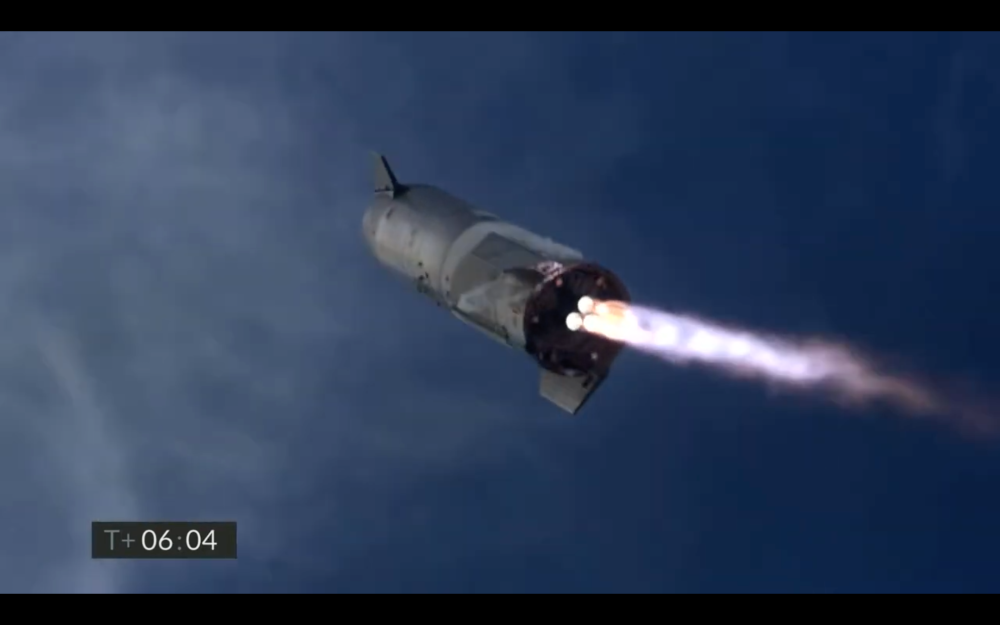
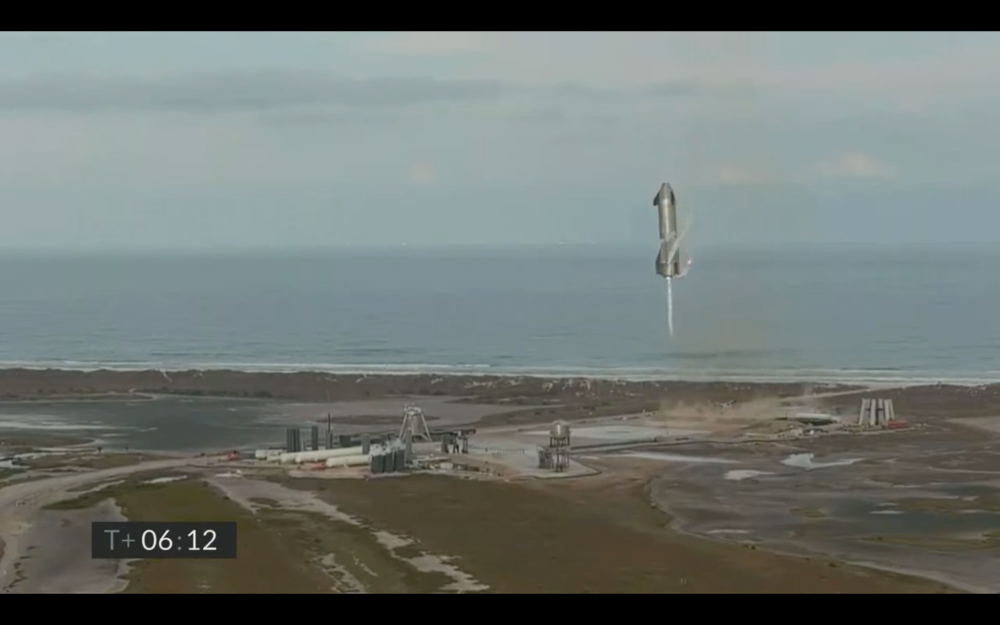
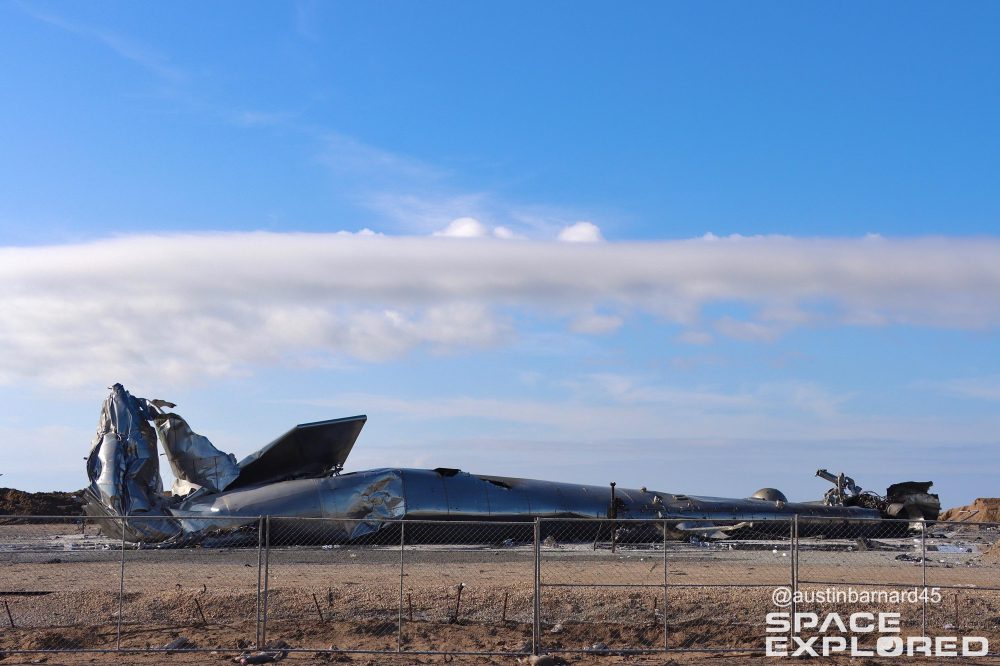
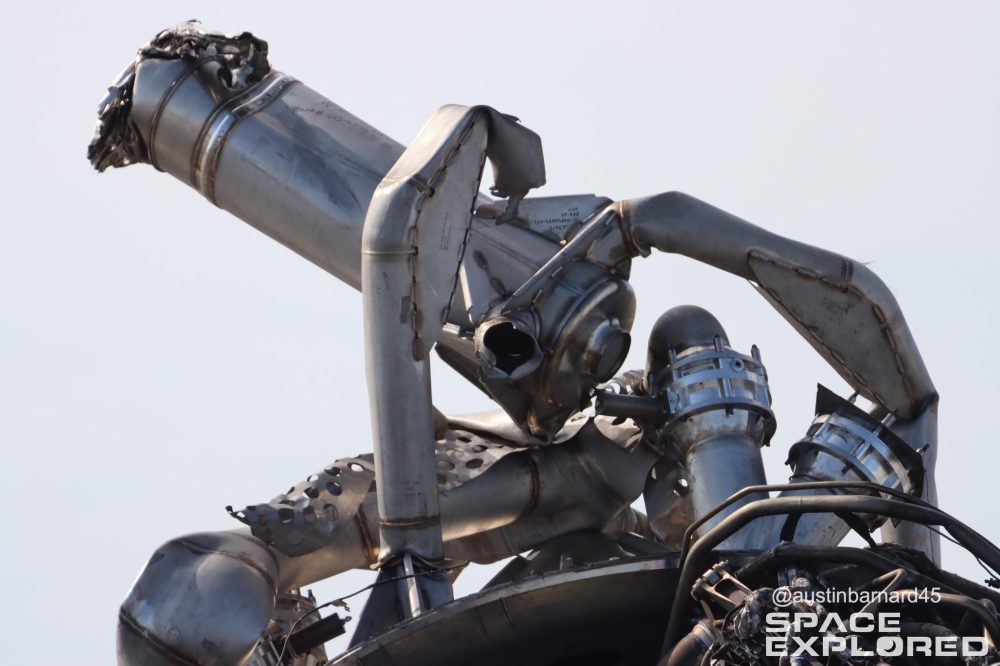
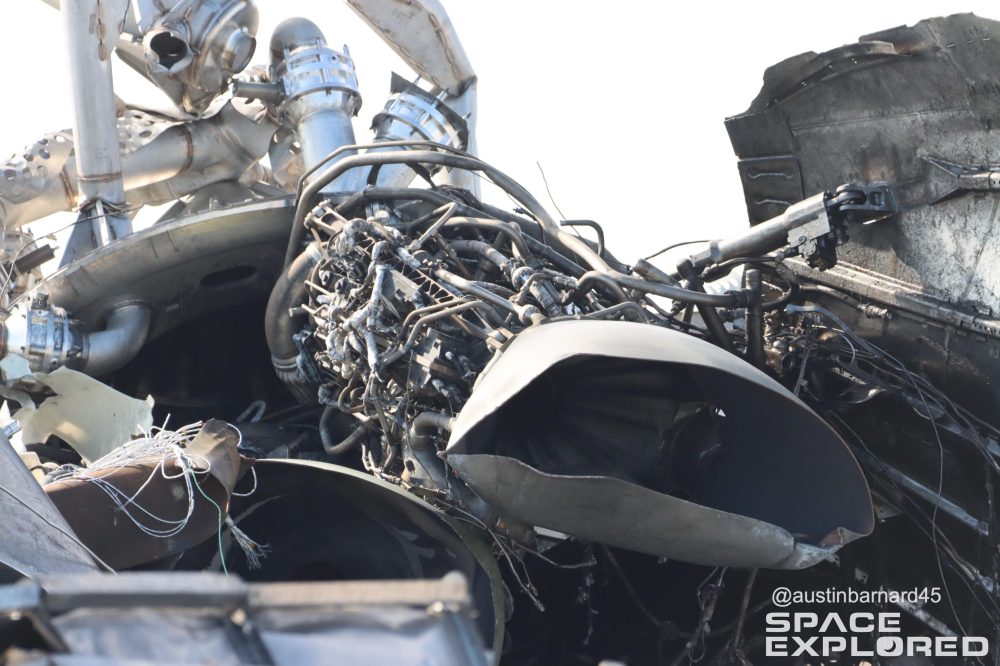
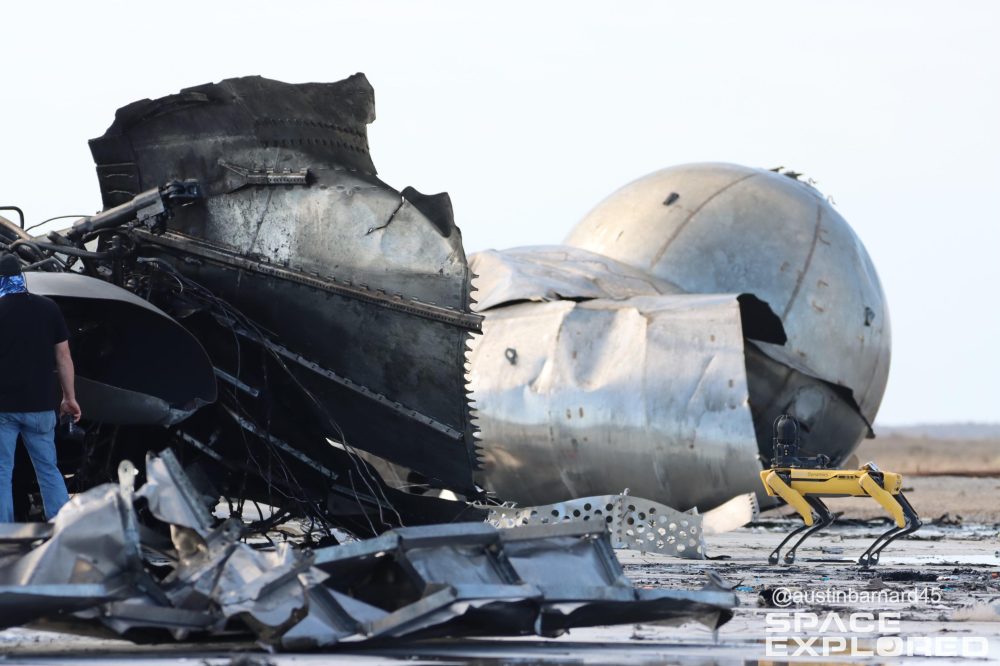
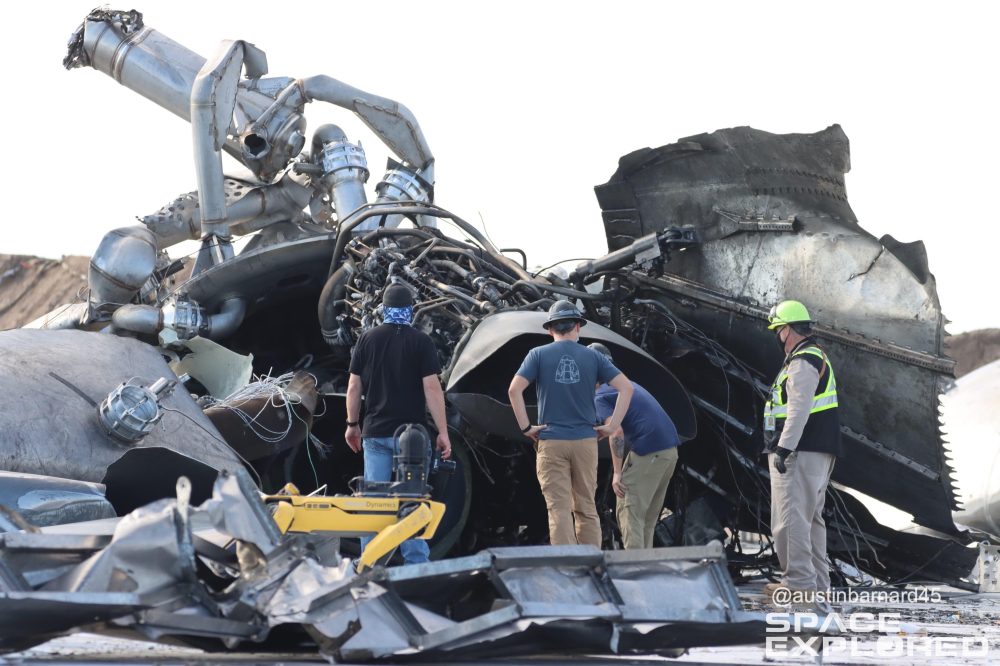
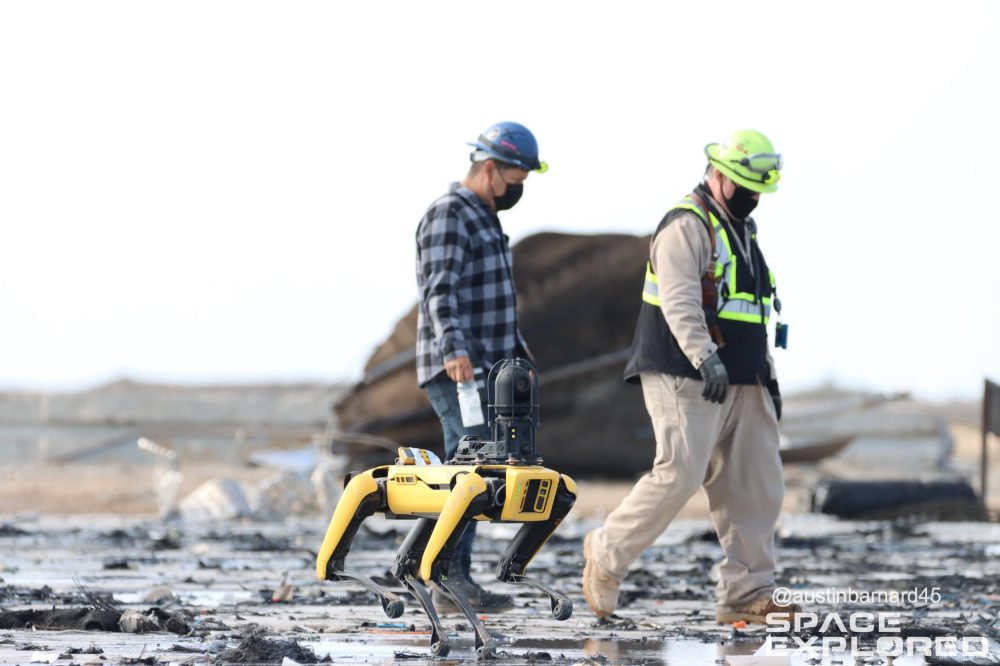
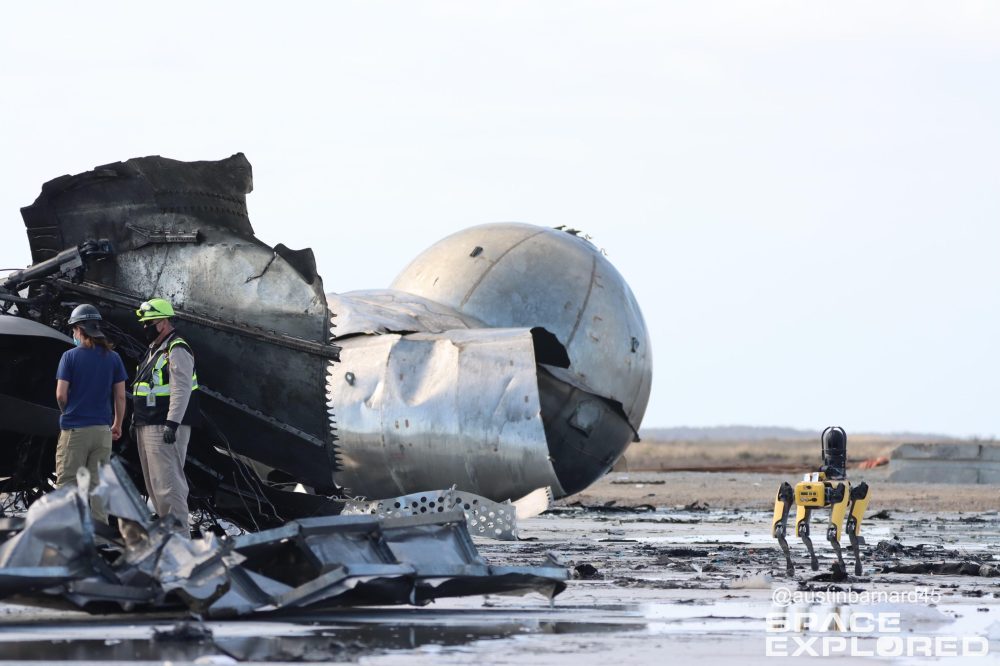
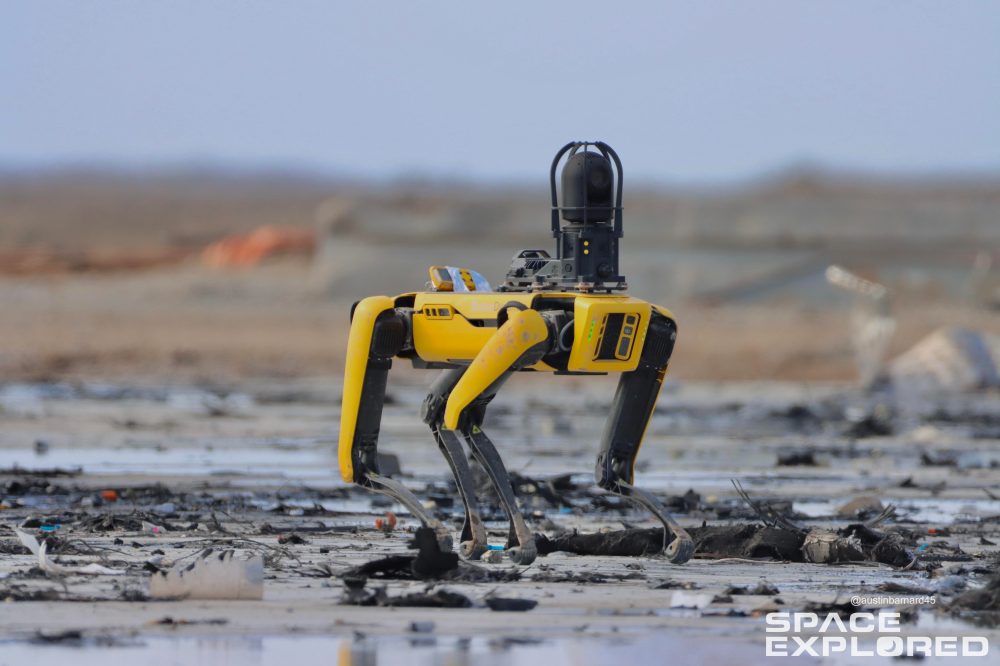
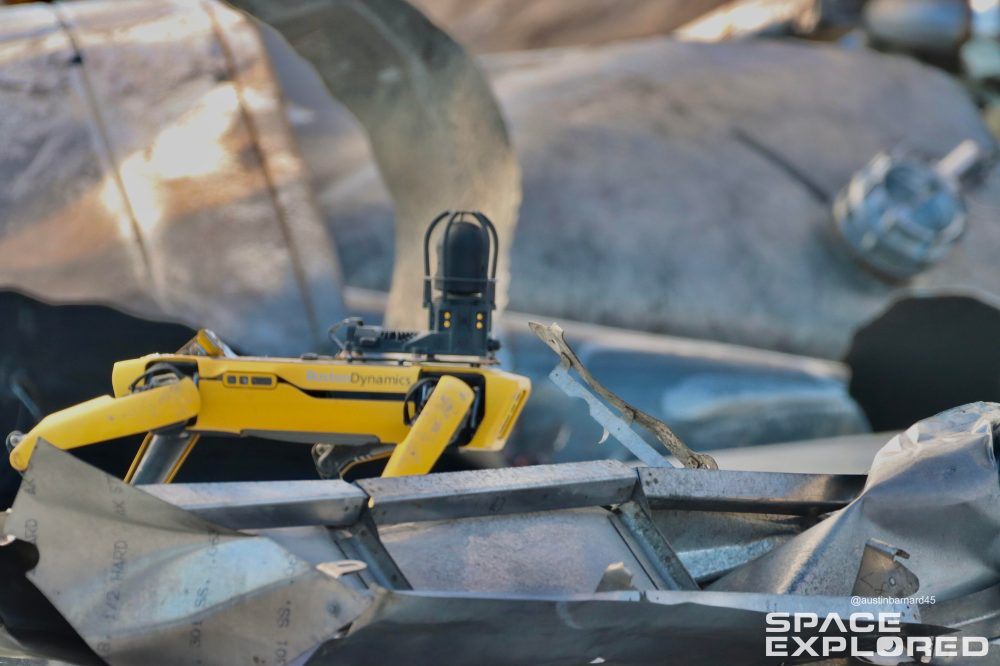




Comments